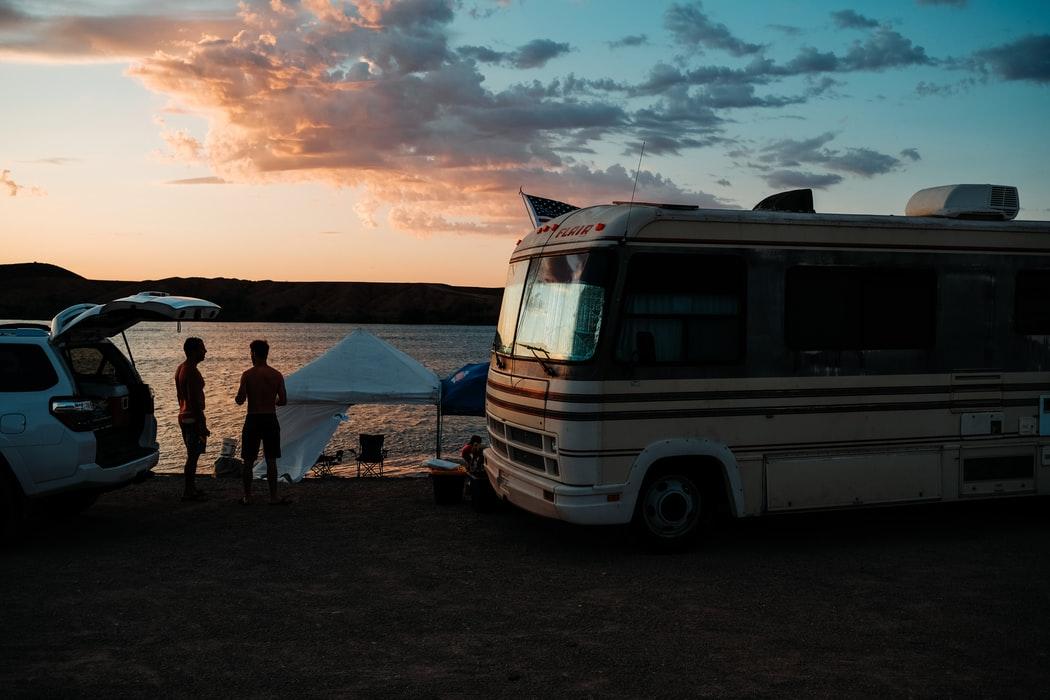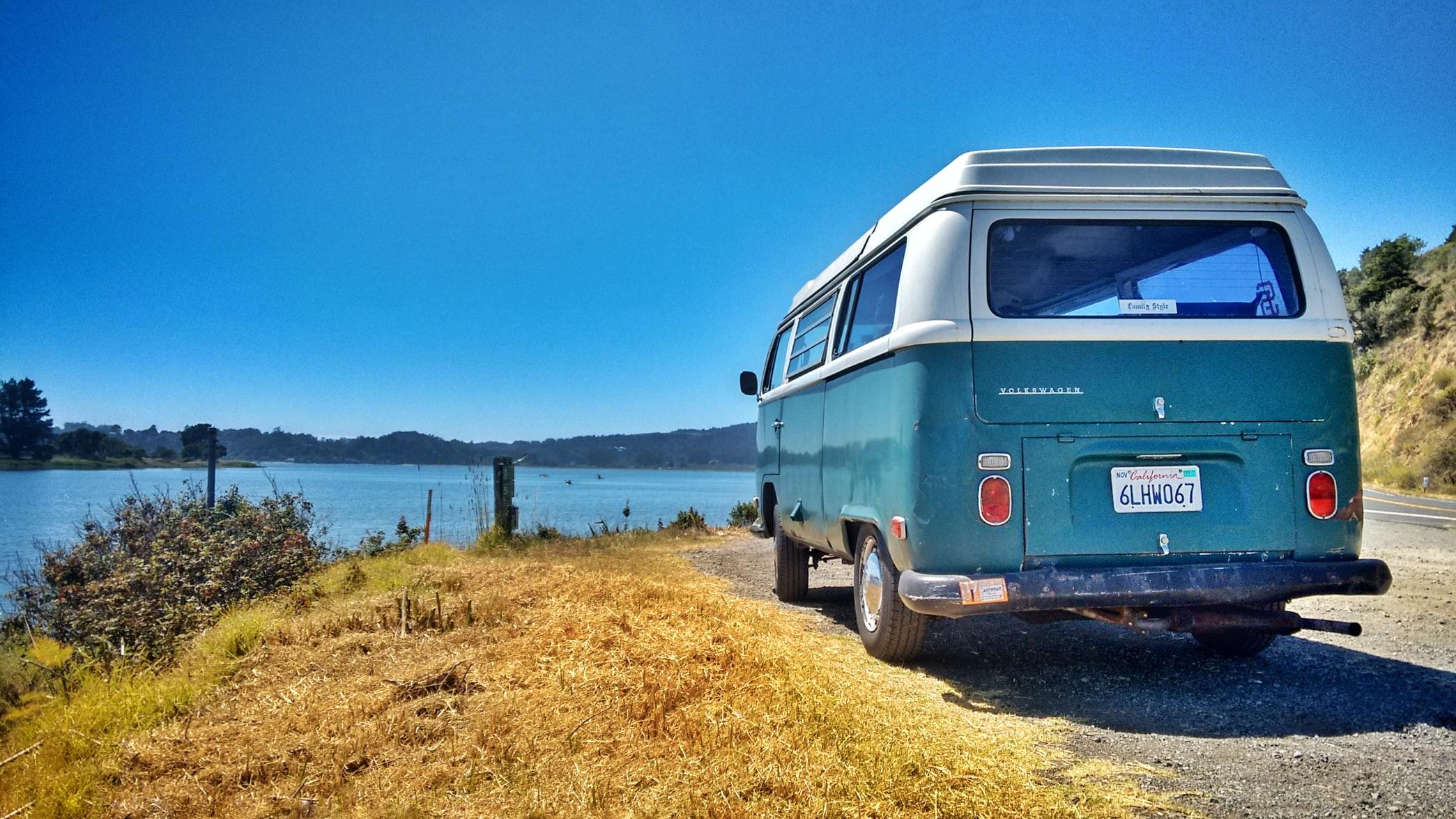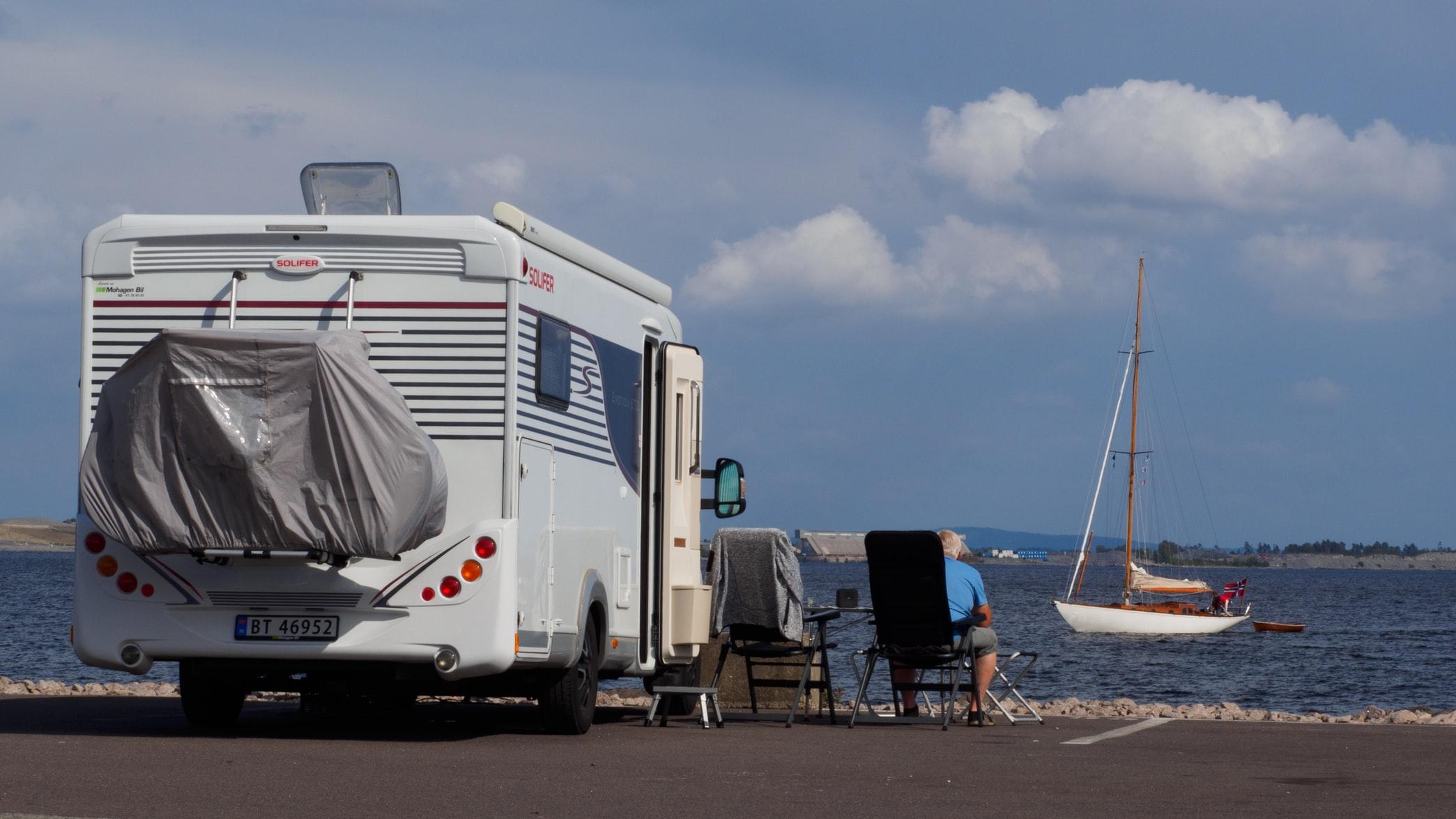Sep 14, 2021
How Much Does Class A RV Insurance Cost?
How Much Does Class A RV Insurance Cost?
Wondering how much it'll be to insure your Class A RV? Learn about the different factors that influence insurance costs and how you can save money with your RV.
Common questions
Blog Post
Education

Whether you’re renting an RV for the week or purchasing one to own for many years to come, experiencing the RV lifestyle is a joy like no other. Perfect for vacations, cross-country travel, or living in full-time, RVs represent a unique opportunity to live life on your own terms. Luxurious, long-term purchases like these are an investment, though, and certain steps need to be taken before you start cruising to your next sweet destination spot.
You want to make sure your RV is legal and safe to drive, and a major part of that equation involves insuring the vehicle. While RV insurance may not be the most exciting thing to think about, it’s really important. We’re here to help walk you through everything you need to know about how much Class A RV insurance costs!
Do I need RV insurance?
The short answer is yes, you almost certainly need insurance to legally drive your RV. Motorhomes must abide by the laws that every other vehicle on the road follows— which includes a minimum amount of liability coverage. There are very few situations that you can get away with driving uninsured, but driving a Class A motorhome doesn't make that list. Even if you do meet a special exception, it's important to remember that you almost always have to insure your RV if you’ve financed the vehicle with a loan.
The type of RV insurance you need (and how much it costs) will vary depending on a few factors. For instance, your RV class will play a big role— the insurance you need for a Class A motorhome will be different from the policy for a Class B motorhome. Whether or not you plan on renting out your RV or are financing the vehicle can also change matters.
COVERAGE FOR YOU AND YOUR RENTERS
Are you an RV owner looking to make money off of your rig when you’re not exploring? Learn more about Roamly— insurance coverage for you and your renters.
Even if you discover that you don’t have to have RV insurance, it’s never a bad idea to have extra protection on your side in case something unexpected happens. We’ll get into the different types of RV insurance later.
What are the different classes of RVs— and why do their insurance prices vary?
When it comes to insuring RVs, the rig’s size and classification matters. Compared to the other two classes, Class A motorhomes are the most expensive to insure. Here’s a look as to why.
Class A motorhomes
Class A motorhomes are the biggest, heaviest, and most luxurious RVs. They’re often the most reliable because of the heavy-duty frames used to make them, but they’re also the more expensive option. Because of the high price point— and the fact that they can be difficult to drive— insurance companies assume more risk when insuring these rigs.
Class B motorhomes and campervans
Whereas Class A motorhomes are the largest, Class B vehicles are the smallest. Also referred to as camper vans, these vehicles have much less space than the other two classes of RVs and don’t look too different from a van you might see on the road anywhere. They’re only a little bigger than your average van, giving you just enough room to live the RV lifestyle and cook, sleep, and take care of yourself. Due to their smaller size, Class B RVs are the easiest to drive (it’s hardly different from driving a normal car) and the cheapest to insure.

Photo via Unsplash
Class C motorhomes
Sitting comfortably in between the previous two classes is the Class C motorhome. These are still much smaller than Class A vehicles but provide more room than a Class B, housing a few more people and giving you some extra space to enjoy the amenities. Class C RVs are built using a truck chassis and provide you with convenient towing capabilities. The prices of insurance varies with size and the RVs value, but the Class C insurance costs usually falls in between the other two classes.
Types of RV insurance policies
We know that navigating the RV insurance realm can get a little confusing with all the insurance jargon and technical words thrown around, but it isn’t as complicated as you might think!
RV insurance works very similarly to your regular auto insurance, protecting you in case you’re at fault in an accident and helping pay for damages that were caused. Each type of RV insurance simply provides a different level of coverage, and the type you’re legally required to get will depend on how you’re paying for the RV.
GET THE RIGHT RV COVERAGE
Learn more about the different policies available to RVers and which one may be best for you and your rig.
Liability insurance
Under the umbrella of liability insurance are two specific types of coverages: bodily injury liability and property damage liability.
Bodily injury liability will help pay for any physical injuries inflicted on the other person involved in the accident, while property damage liability pays for the other party’s property that was damaged. Liability insurance will kick in when you’re at fault for any accident that causes damage in the above two categories and is legally required in all states except New Hampshire.
Regardless of the law, it’s a good idea to always carry liability insurance at a minimum. If you cause an accident and don’t have this coverage, you will still be on the hook for the damages you cause— it’ll just come all out of your own pocket.
Collision coverage
This is the insurance that’ll protect your own RV if it’s damaged by colliding with any sort of object, regardless of who is at fault.
Comprehensive coverage
Comprehensive coverage is the complement to collision, protecting your RV in an accident that wasn’t caused by a collision. This includes events like theft, vandalism, or weather damage.
Medical payments coverage
This helps pay for any hospital bills or other relevant medical fees in the event that you or any of your passengers are injured in an accident. It doesn’t matter who is at fault with this insurance.
Uninsured/underinsured motorist coverage
In the unfortunate event that you get into an accident with a driver that has inadequate insurance or no insurance at all, this coverage will protect you by paying for any damage to your vehicle or to your person.
It’s worth noting that in most cases, liability insurance is the bare minimum that you’ll legally be required to have, but you might need to have full coverage under certain circumstances. If you’re financing your RV, you’ll most likely need to get full coverage. Either way, getting full coverage is a great idea because you never know what’ll happen— especially on the open road!

Photo via Unsplash
How much does Class A RV insurance cost?
The cost of Class A RV insurance varies depending on a few different factors, including:
- The level of coverage you have
- The value of the RV
- Make, model, and year
- How often you use your RV
- Your driving record
- Where you live and park your RV
Let’s look at each of these factors a little more closely.
Your RV value
The primary determinant of your insurance cost is the value of the RV itself. It won’t cost nearly as much to insure a small Class B motorhome with few amenities as it would a luxury Class A motorhome that’s loaded with features. The make, model, and year of the RV come heavily into play here, as the newer and more expensive the RV is, the more insurance will cost.
Your driving history
Another major factor in determining how much Class A RV insurance costs is the way you drive your RV and how often you do so. Insurance companies want to look at your driving record to see how trustworthy you are on the road. Do you get into accidents frequently? Have you been driving for years without any sign of trouble? These questions are important, and the answers can either lower or raise your insurance premium. Driving your RV more often will raise insurance costs as well, because you’re more likely to get into an accident the more time you spend out on the road.
Where you live
Where you live and park your RV are also taken into consideration.
Your state may require more or less insurance coverage than other states, so if you wind up going with the bare minimum required coverage, the policy you purchase will differ based on your location.
Furthermore, in the name of keeping your RV safe and sound, the insurance company wants to know how you treat your RV when you’re not driving it, too. Storing it in a safe and secure location will save you money by showing the company that you’re taking care of the vehicle at all times.
GET AN EASY ONLINE QUOTE
No two RVs are alike— and neither is the insurance to go with it! Get a quote from Roamly based on your location, your RV, and more.
Finding RV insurance discounts
One tip to consider is that some companies might give you a little discount if you’ve taken a course on RV driving. Class A motorhomes are huge, cumbersome vehicles that don’t drive like your average everyday sedan. If the insurance company sees that you’ve taken steps to make sure you can properly drive your new RV, they might cut you some slack.
Get insured and on the road
Class A RV insurance costs can vary depending on a number of factors, which can make them hard to predict. One sure thing, though, is that you can save money by getting your Class A RV insured through Roamly. With Roamly’s variety of coverage options, you can embark on your next great journey with peace of mind that you and your RV are covered by the best of the best.
Roamly Insurance Group, LLC ("Roamly") is a licensed general agent for affiliated and non-affiliated insurance companies. Roamly is licensed as an agency in all states in which products are offered. Roamly license numbers. Availability and qualification for coverage, terms, rates, and discounts may vary by jurisdiction. We do not in any way imply that the materials on the site or products are available in jurisdictions in which we are not licensed to do business or that we are soliciting business in any such jurisdiction. Coverage under your insurance policy is subject to the terms and conditions of that policy and is ultimately the decision of the buyer.
Policies provided by Roamly are underwritten by Spinnaker Insurance Company, Progressive Insurance Company, Safeco Insurance Company, Foremost Insurance Company, National General Insurance, Mobilitas Insurance Company, and others.
Connect
© 2025 Roamly All rights reserved.
